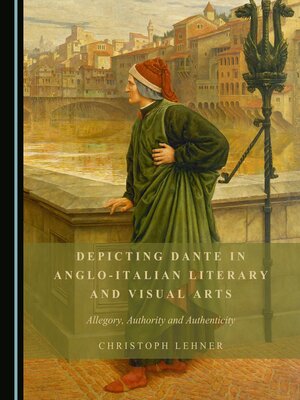Depicting Dante in Anglo-Italian Literary and Visual Arts
ebook ∣ Allegory, Authority and Authenticity
By Christoph Lehner

Sign up to save your library
With an OverDrive account, you can save your favorite libraries for at-a-glance information about availability. Find out more about OverDrive accounts.
Find this title in Libby, the library reading app by OverDrive.



Search for a digital library with this title
Title found at these libraries:
| Loading... |
In the course of 750 years, Dante Alighieri has been made into a universally important icon deeply engrained in the world's cultural memory. This book examines key stages of Dante's appropriation in Western cultural history by exploring the intermedial relationship between Dante's Divina Commedia, the tradition of his iconography, and selected historical, literary and artistic responses from British artists in the 19th and 20th centuries. The images and iconographies created out of Dantean appropriations almost always centre around the triad of allegory, authority and authenticity. These three important aspects of revisiting Dante are found in the Dantean image fostered in Florence in the 14th and 15th centuries and feature prominently in the works of Dante Gabriel Rossetti, T. S. Eliot and Tom Phillips. Their appropriation of Dante represents landmarks in the productive reception of the Florentine, and is invariably linked to a tradition of Dante studies established in Britain during the middle of the 19th century. For Dante Gabriel Rossetti the Florentine provides a model for Victorian Dantean self-fashioning and becomes an allegory of authenticity and morality. For T. S. Eliot, Dante represents the voice of literary authority in Modernist poetry and serves as the allegory of a visionary European author. For Tom Phillips, the engagement with Dante and his text represents an intertextual and intermedial endeavour, which provides him with a rich cultural tapestry of art, thought and ideas on the Western world.The main focus of this study, therefore, is on how Dante's image was fixed in the first 200 years of his appropriation in Florence, how fruitfully the Dantean images and his text have been taken up and used for creative and intellectual production in Britain over the course of the past centuries, and what moral, literary, or political messages they continue to convey.






